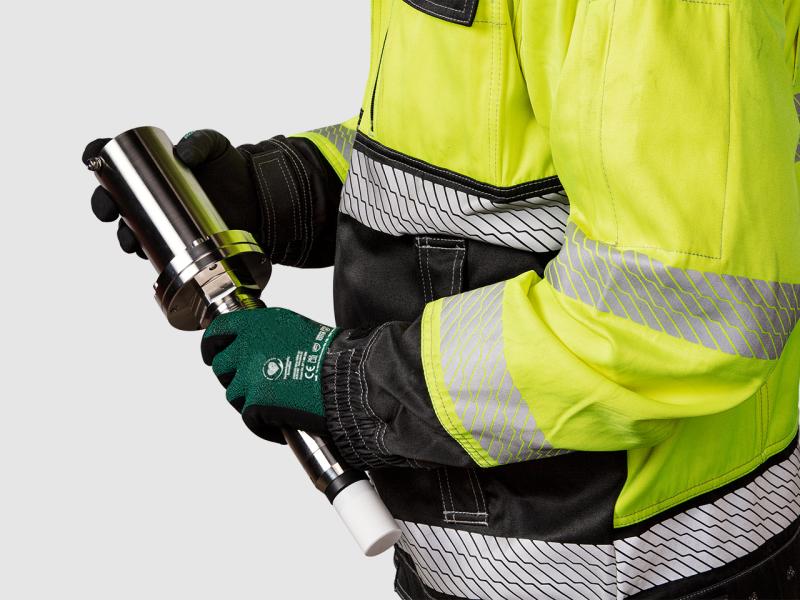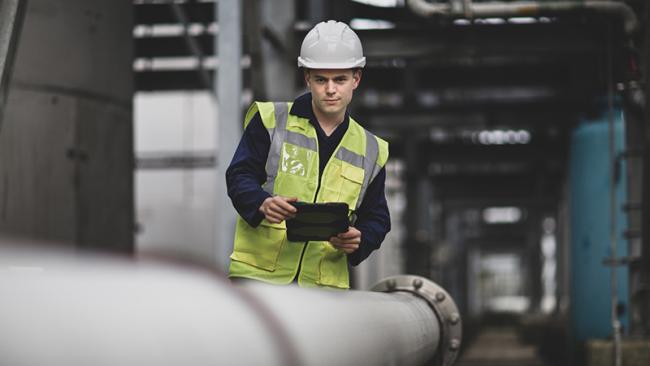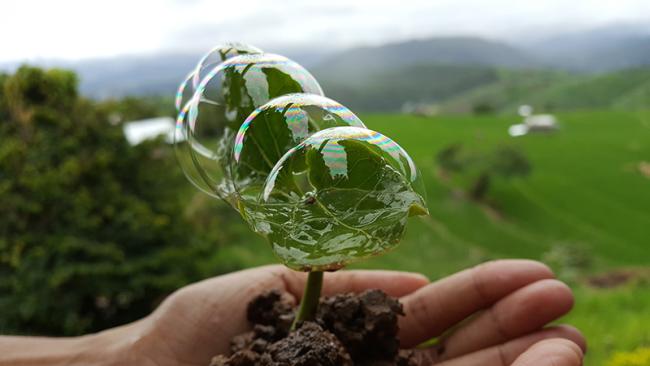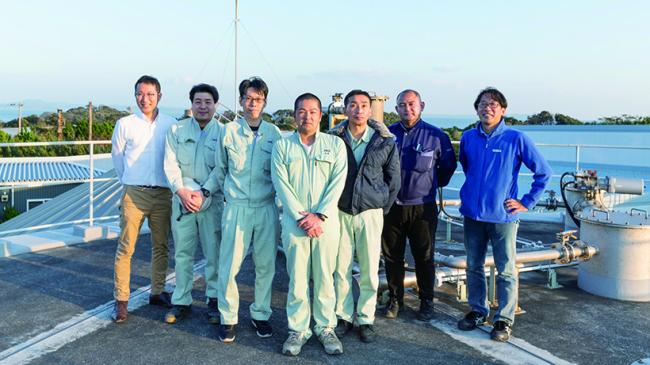Methane and carbon dioxide multigas probe MGP262
Get the green gains. Get all the gains.
Stop the loss. The Vaisala CARBOCAP® MGP262 continuously measures the methane concentration in offgas from your biogas upgrading unit to keep you from letting your profits go up in the air.
Focus on what matters. The MGP262 is the answer to the problem that some methane slip always occurs in the upgrading process. It helps you adjust your process so that you avoid greenhouse gas emissions while you can concentrate on producing the best biomethane possible.
- Superior stability of measurement
- Low maintenance and low cost of ownership
- Compact, in-situ measurement, no need to rely on sampling
- Easy installation and operation
Key Benefits
Gain peace of mind
Truly robust technology. Easy to install and operate, without need for consumables or sampling, the MGP262 helps makes sure your upgrading unit runs the way you need it to run.
Get your whole process under control
Optimize your upgrading process at all times thanks to the MGP262's continuous, always on measurement.
Reap the financial & green gains
Stop the methane & profit slip. The MGP262 helps you minimize the amount of offgas methane and even carbon credit costs.

Why should I care?
Finance meets green. That’s MGP262. When it comes to offgas from upgrading biogas to biomethane, CO2 can be and should be recovered for further use in e.g. greenhouses and the food industry, or it could be converted to further biomethane through methanization or the power to gas process (P2G). It makes both ecological sense and financial sense — especially since your CH4 emissions cost money in the form of carbon credits.
Trusted technology
MGP262 is based on the groundbreaking and award-winning technology of the MGP261 multigas instrument and the underlying CARBOCAP® infrared sensor technology, which is a cornerstone of Vaisala’s industrial gas measurement portfolio. Its repeatable reliability and low cost of ownership make it a powerfully simple solution to a problem that is both economic and ecological.
Offgas: How much is too much?
Some methane always goes to the exhaust stream and this methane slip can be even larger than in a Combined Heat and Power engine — if you are not managing the process correctly. Should more than 2% of incoming methane end up in the atmosphere, your greenhouse gas emissions would be the same or worse than CO2 emissions from fossil fuels. In fact, emission limits for methane are usually even stricter. Offgas without RTO or other forms of methane removal typically consists of over 95% CO2, ~1% CH4, with the rest typically being nitrogen and traces of oxygen and water vapor.
CH4 emissions can be reduced by carefully adjusting your upgrading process with inline process monitoring, and the MGP262 is a perfect tool for that. If you use Regenerative Thermal Oxidation (RTO) to further reduce methane emissions, an inline methane measurement before the RTO will be useful. The bottom line is that unless you pay attention to CH4 emissions in the offgas you will lose money and harm the environment.

Features
- Measurement range 0...5% CH4
- Measurement accuracy +-0.15 %
- Compact, self-contained unit certified for Ex environments.
- Durable, integrated and self-cleaning optical sensors.
- Low cost of ownership. No consumables, no sampling necessary.




